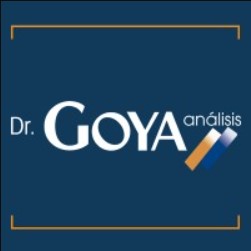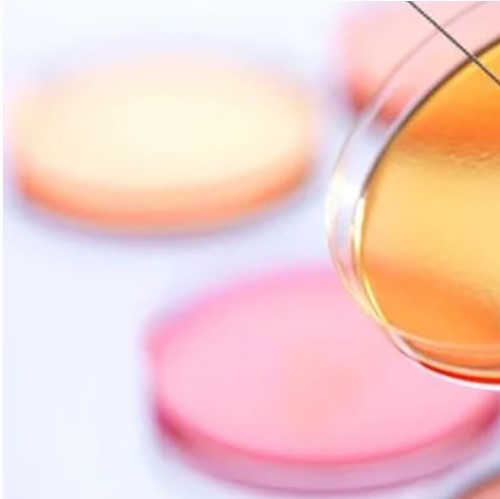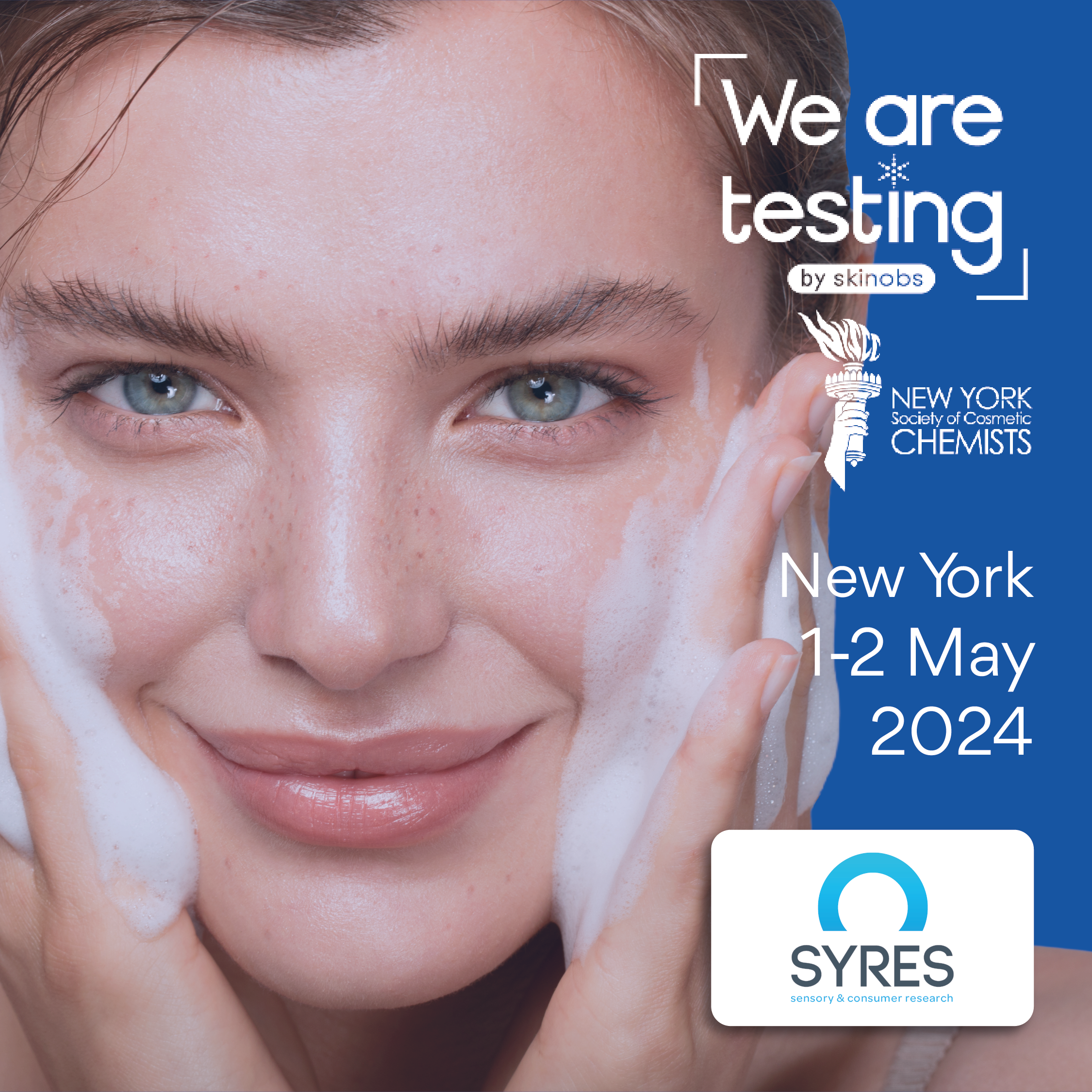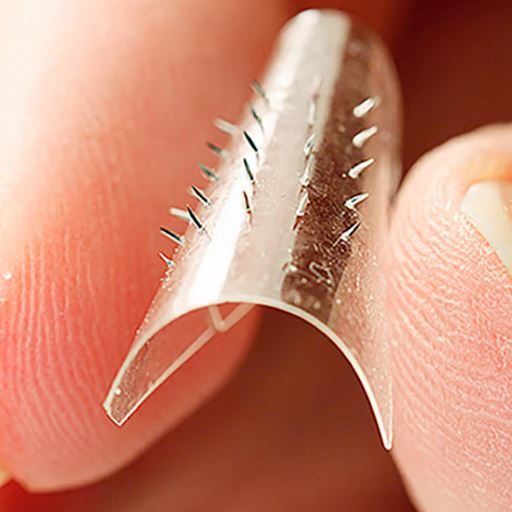As stated in ISO 17516 “each manufacturer of cosmetic products is responsible for the microbiological quality and safety of its products and must ensure that they have been produced under hygienic conditions”.
To verify that microorganisms have not been introduced from contaminated raw materials or during the manufacturing or packaging process, microbiological controls of the product must be carried out, following the respective ISO standards in each case (ISO 21148, ISO 21149, ISO 16212, ISO 18415, ISO 18416, ISO 21150, ISO 22717 and ISO 22718).
It is also very useful to control the environmental conditions in which the cosmetic is produced and packaged, fundamentally the air, the surfaces of facilities and equipment, and the purified water, a fundamental ingredient in the production of the cosmetic product. From the results of these controls valuable information is obtained about the critical points of the process and the most common microorganisms in each manufacturing plant, which do not always match with those specific microorganisms described in the ISO 17516 standard in which the microbiological limits allowed in the cosmetic industry are defined.
The cosmetic product does not have to be sterile, but there are defined microbiological limits that cannot be exceeded. In addition, microorganisms have a great capacity to degrade almost all ingredients (fats, surfactants, proteins, etc.), which often leads to organoleptic changes in the final product, affecting its quality during its shelf life.
These limits are quantitative and qualitative; thus, in products for general use a maximum of 1000 cfu/g is allowed, while in those products intended for children under 3 years or eye or mucous membrane contour is reduced to 100 cfu/g. In no case is the presence of potentially pathogenic microorganisms such as E.coli, S.aureus, P.aeruginosa or C.albicans allowed. These four microorganisms are the so-called “specific microorganisms”.
But what happens if a count <1000 cfu/g is obtained and the growth of a non specific microorganism is detected?
If only the presence of specific microorganisms is reported, isn’t the risk of the cosmetic product being underestimated?
More and more frequently, it is observed in the laboratory that cosmetics are contaminated by “nonspecific” microorganisms such as Burkholderia cepacia, Pluralibacter gergoviae or Bacillus spp, and the presence of these species causes more product recalls than specific microorganisms such as Escherichia coli or Candida albicans.
Knowing exactly the microorganism that contaminates our product provides a lot of information to try to detect the source of contamination, in order to apply the necessary corrective measures to solve the problem and prevent it from recurring.
For all the above mentioned reasons, when faced with a contaminated cosmetic, the result obtained must be analyzed in detail to try to obtain as much information as possible about the origin of the contamination, and thus take the appropriate corrective measures to solve the problem.
ISO 17516 mentions that “to ensure product quality and consumer safety, it is essential that the number of nonspecific microorganisms recovered in the product remains stable or decreases during the life of the product. The presence of nonspecific microorganisms should not be considered questionable as long as it is ensured that such microorganisms lack the ability to proliferate in the product.”
There are cosmetics in which, due to the nature of their ingredients or the peculiarities of the formula and its preservative system, a low count of nonspecific microorganisms is repeatedly observed. In these cases, the microorganism should be identified, to ensure that it has no pathogenic potential for the consumer, and to check that its count in the cosmetic remains stable over time, thus ensuring that the product will not deteriorate in the future as a result of the proliferation of microorganisms. This can be determined by performing a stability test, in which the evolution of the microorganism count in the formula will be evaluated under different temperature and humidity conditions, at different time intervals. In this study we will be able to observe if there is an increase, maintenance or decrease of the initial count, or if the presence of these non-specific microorganisms deteriorates the product affecting its organoleptic characteristics.
Conclusion
The presence of nonspecific microorganisms in the cosmetic product must be assessed and treated with the rigorousness it requires. Apart from controlling that these microorganisms will not proliferate in the cosmetic product, we should identify them whenever possible.
The identification of these microorganisms can help the manufacturer to know the critical points of the process that have caused the problem and to take the appropriate corrective measures to avoid it in the future.
CONTACT
Dr. Goya Análisis
Iván Parra
Comercial Director
iparra@laboratoriogoya.com
GOYA Vía Complutense, 77 28805
Alcalá de Henares (Madrid)
+34 722 77 86 98
ANÁLISIS is a laboratory with a long history in the execution of tests, which offers support to the cosmetic, medical device and food supplement industries, from the R&D stage to the marketing of the products, with a 360º service based on proximity to the client and the adaptation of protocols and services to each one of them, all under strict quality standards.










 Follow us on Linkedin!
Follow us on Linkedin!
You must be logged in to post a comment.